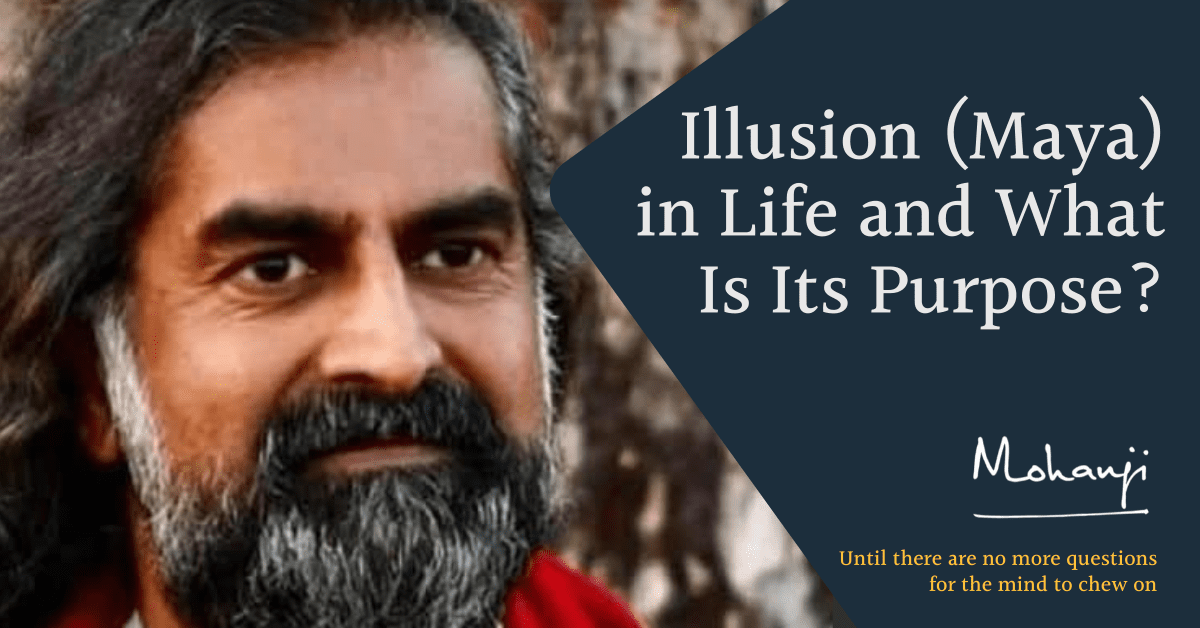The variety is the answer.
What is the reason for illusion?
The main reason for this illusion is the drama connected to it. We are enjoying the drama, right? Are we enjoying our positions, possessions and relations? Aren’t we enjoying all aspects of life?
There is enjoyment in happiness, and there is enjoyment in fear.
In everything, there is a flavour; there is potential; there is an experience. That is the very reason for creation. Knowing that what we seem is what we are not will take time because we are so addicted to this personality called us. And nature and the people and the society maintain your identity, even if you don’t want it.
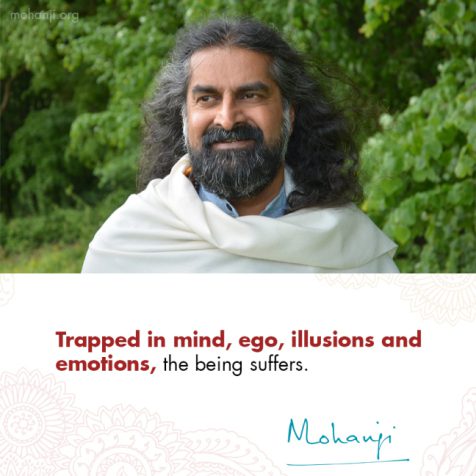
Identity
We have to maintain our identity. If somebody asks me, “Who are you?” and if I say I’m not too sure, what will you say? We have to maintain our identity. We have to be this.
This is the drama. This is the identity. And what we predominantly do becomes our face value or our proper identification. What we predominantly do; if I predominantly preach, I’ll be a preacher. If I predominantly play, I’ll be a player. If I predominantly do surgeries, I’ll be a surgeon.
What you predominantly do, that’s how the world identifies you with. But are we that thing? No, we are everything. We are also that thing. We can’t be put into any kind of frame. We are everything. That’s the level of acceptance that we need to have a kind of identification as to who we actually are.
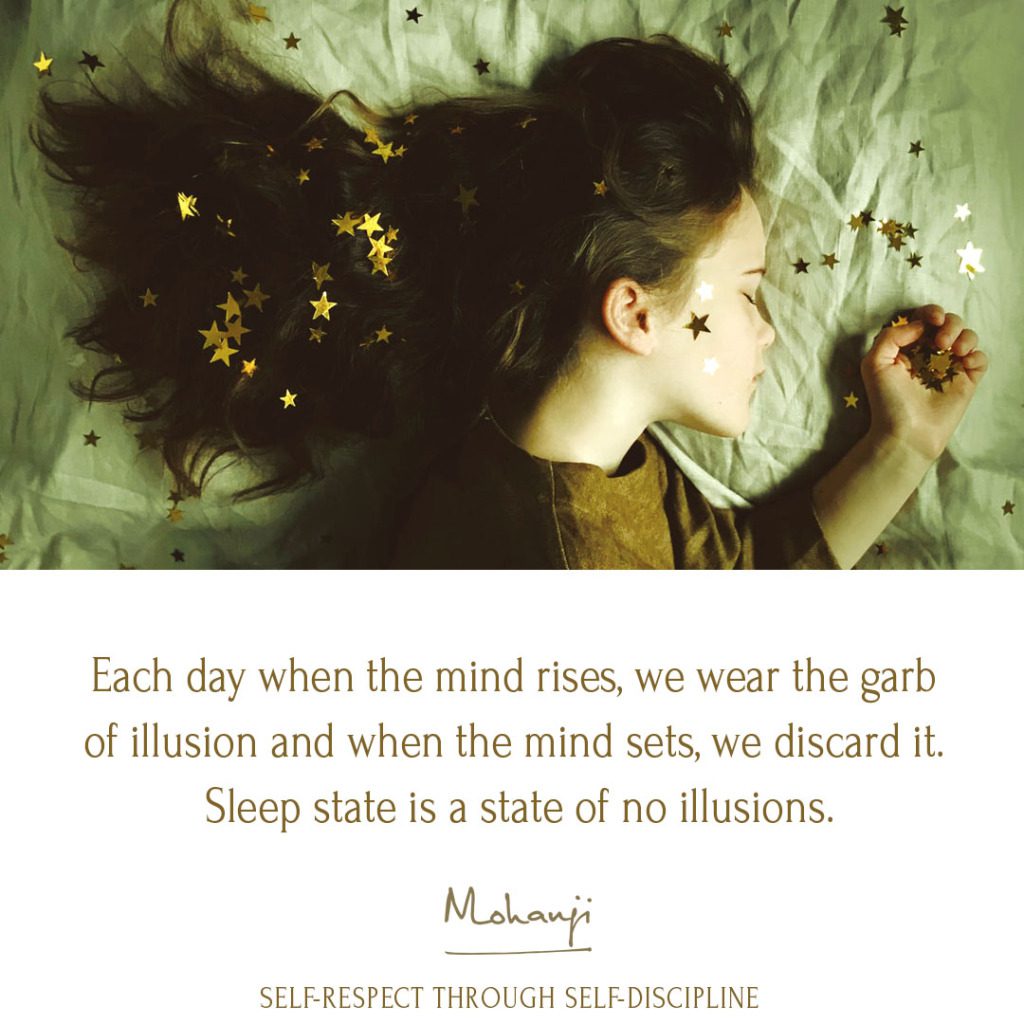
The whole existence is connected to flavours. The flavours make life, or flavours make us experience life. We have tamas – Tamo guna predominantly.
What is Tamas?
Inertia, procrastination, inaction. This is predominant for everybody, all of us.
How does that help us?
While procrastinating, we are prolonging. We are not doing anything, inaction; we are experiencing no action. No action means no experience. A state of no experience craves for experience, so we move into rajas. Slowly we get up; we move into rajas.
Rajas
Then experience asks for more experience, so we do hyper action. It moves into extreme rajas. When in extreme rajas, it is like a fan spinning. It looks like no movement. Again inaction, but that’s not inaction. That’s a feeling of inaction because there is extreme movement.
Satva
Extreme movement makes you feel there’s no action. That is satva. But you need extreme movement to stay there in satva. If you slow down, you fall into tamas.
Mohanji
So, people climb up through rajas – action, action, action, and then go to extreme action, and then you can’t even see your action (that fast).
Then you stay in satva. When you stay in satva, you’re very happy, because there’s no mind. You don’t have time to think; you’re busy.
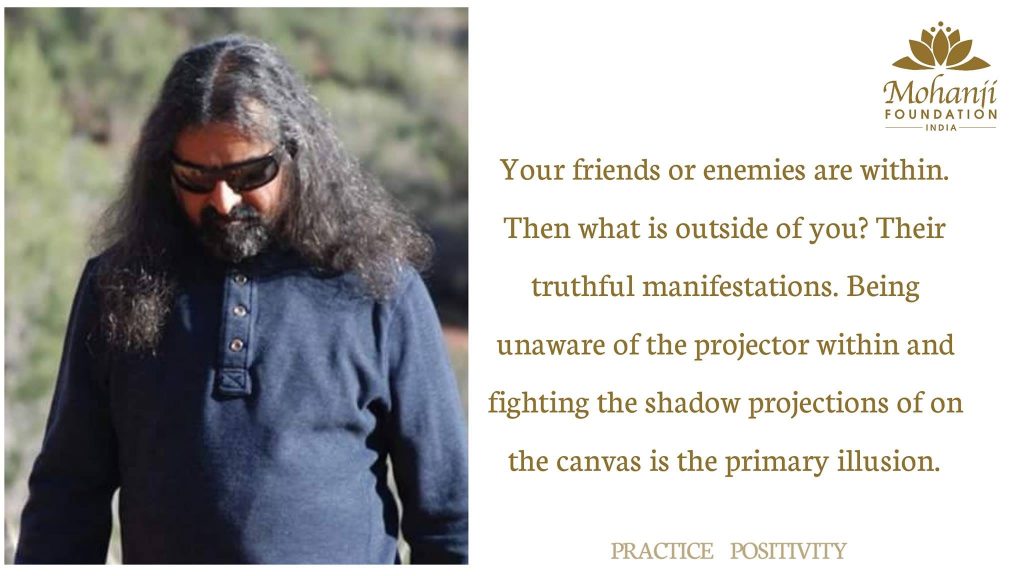
State of mind
People who stay with me know this. They go crazy, crazy busy. When you’re crazy busy, there is no mind; there’s no need to use your mind; there’s no worry, no anxiety, no ownership, nothing. Then what happens? Somebody somewhere tells you you’re tired.
You don’t feel tired because extreme action does not give you tiredness. Extreme action gives you a state of being high, bliss. Your mind is not bothering you; your mind is not sapping your energy; you’re not going into the past or future. Imagine you’re steady in the present; there’s no energy loss. Nothing is lost. Am I right?
Suppose you can stay in that state of extreme action where you are fully occupied, without expecting anything, without even bothering about results. Then you’re fully occupied in that state for a long period of time, you go beyond gunas – a state where you only become a witness. You become a witness.
What is witnessing these states?
That is a state of witness hood. And when you witness that state long enough, you start meeting the person or the being that witnesses everything. So this is beyond the fourth state, a state of witness hood. You start witnessing the witness. That brings you a realization of self.
What is Self?
Something which you already have which you don’t see because you’re occupied with the personality. You’re occupied with the personality, so you don’t see that. But when this hyper action leads you to a state of no-mind, then you start seeing that somebody is looking at this whole show.
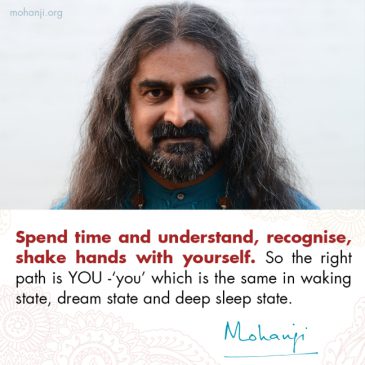
Who is that?
There you come across this guy who’s sitting in you watching the show. He has no ageing; he is beyond ages, no beginning, no end. Funny guy watching. And then you start realizing that this guy is really good, nice. Funny guy.
Then you start feeling, “What if I become him?” Then you realize, “I’m already him.” There was no journey; there was no movement. I’m there; I’m witnessing him. All the time, I’m witnessing him. Who is ‘me’ witnessing him? That thing witnessing itself dissolves; complete dissolution. That’s when you connect to God.
The way to God already sits inside you. The way to God lies in you already. So first is that you have to get out of your tamas, as a minimum. You have to. I think some of you are scared now (laughing). Minimum you have to get out of your tamas.
Act now
Postponement should not happen. It’s right now, here, right now! Action should be here, now. No postponement, get up, get on, walk! So that at least you’ll remain in the rajas level (rajo guna). From there, you can increase the intensity and go to the satva guna. Satva guna should be maintained through intense action, consistent action.
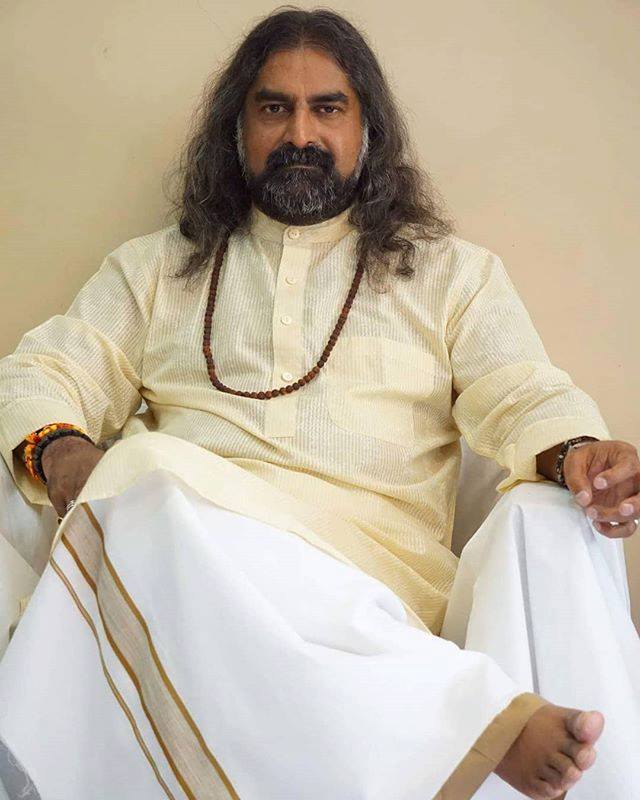
This is also the yin and yang principle. Extreme action leads to inaction. That inaction is not inaction; that is an action that is invisible. All great masters operate in that level, their action you can’t even see. But otherwise, it’s not visible.
They look like they are doing nothing, smoking or drinking, or watching television. But they are hyperactive because extreme action becomes invisible. If you want to see extreme inaction, tamas is extreme inaction. That means there’s no movement, there’s no action. Physically there is no action. But in extreme action, which is connected to satva, Satva guna, you can’t witness it, you can’t see.
Transcribed by Ulla Bernholdt
Proofread by Yogesh Pandit

